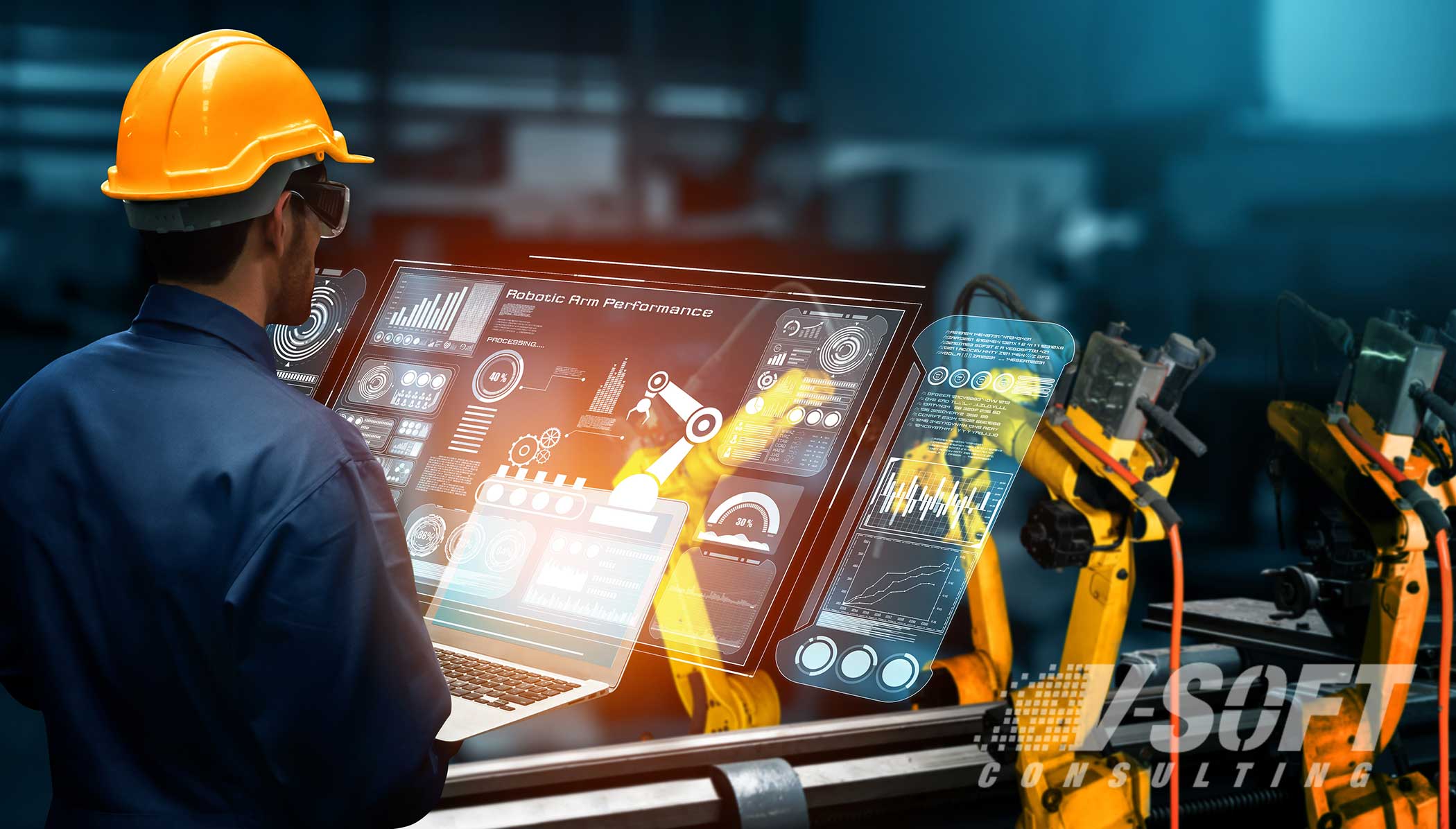Maintaining industrial equipment in peak condition is vital for any operation striving for efficiency, safety, and longevity. Neglecting maintenance can lead to costly breakdowns, production delays, and a shortened lifespan for valuable assets.
A proactive and systematic approach, rather than a reactive one, is the cornerstone of sustainable industrial success.
This article outlines essential strategies for ensuring industrial equipment remains well-maintained for an extended period, minimizing downtime and maximizing return on investment.
Implementing a Robust Preventative Maintenance Schedule
The foundation of long-term equipment health lies in a well-structured preventative maintenance (PM) schedule. This involves routine, planned inspections, servicing, and component replacement based on time intervals or usage metrics, rather than waiting for a failure to occur.
A good PM program includes tasks such as lubrication, filter changes, belt tension checks, and fluid analysis.
Scheduling these activities methodically helps in identifying minor issues before they escalate into major problems, thereby preventing unexpected interruptions to the workflow and preserving the integrity of the machinery over time.
Comprehensive Lubrication Management
Proper lubrication is often called the lifeblood of machinery. Friction and heat are major culprits in equipment degradation, and high-quality lubricants act as a barrier to mitigate these effects.
A comprehensive lubrication management plan should detail the correct type and amount of lubricant for each component, along with a strict schedule for application and replenishment.
Regular analysis of used oil can detect the presence of contaminants or excessive wear, signaling potential internal issues that need immediate attention.
Adhering to manufacturer specifications for lubricants is non-negotiable for extending the operational life of gears, bearings, and other moving parts.
Harnessing Condition Monitoring Technologies
Modern industrial settings benefit immensely from condition monitoring (CM) technologies. These tools provide real-time data on the operational status of equipment. Techniques such as vibration analysis, thermography, and acoustic monitoring can detect subtle changes in performance that precede failure.
For example, increased vibration might indicate bearing wear or misalignment, while high temperatures could point to electrical or mechanical stress.
Integrating CM into the maintenance strategy allows for highly precise, predictive interventions, transforming maintenance from a fixed schedule to an ‘as-needed’ basis, which conserves resources and avoids unnecessary equipment manipulation.
Securing Reliable Power: Essential Insights for Generator Repair Services
Industrial power systems, particularly backup generators, are critical to continuous operation. Ensuring their reliability involves dedicated generator repair services and maintenance.
This includes regular load bank testing to confirm the unit can handle its rated capacity, inspections of fuel systems, cooling systems, and electrical connections, and timely replacement of wear-and-tear components like hoses and seals.
Keeping detailed service logs is essential for tracking performance and planning future preventative actions, ensuring the generator is ready to perform without fail when primary power is disrupted.
Powering Longevity: Maximizing the Lifespan of the AGM Deep Cycle Battery
For equipment requiring reliable, sustained power, the agm deep cycle battery is a common and important component.
Proper maintenance for these batteries involves ensuring they are not subjected to excessive discharge cycles, maintaining them within the recommended temperature range, and using the correct charging profile.
While maintenance-free in terms of adding water, regular voltage checks and inspecting terminals for corrosion are necessary. Extending the service life of these critical power sources contributes directly to the overall reliability of the equipment they support.

